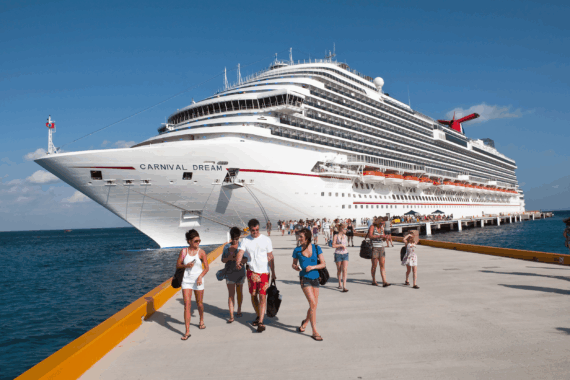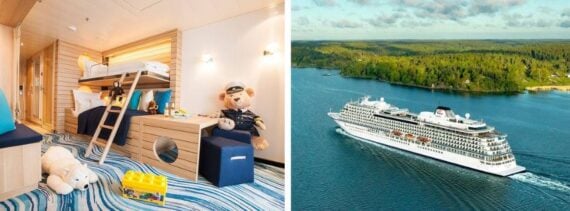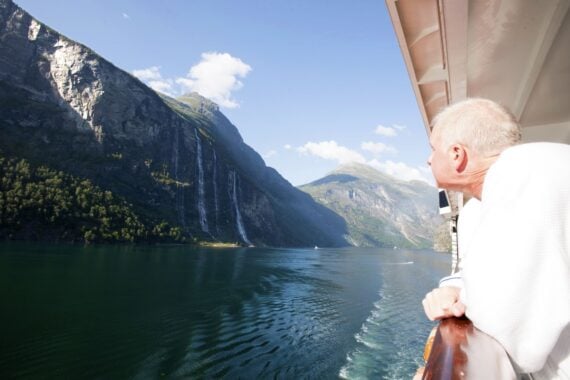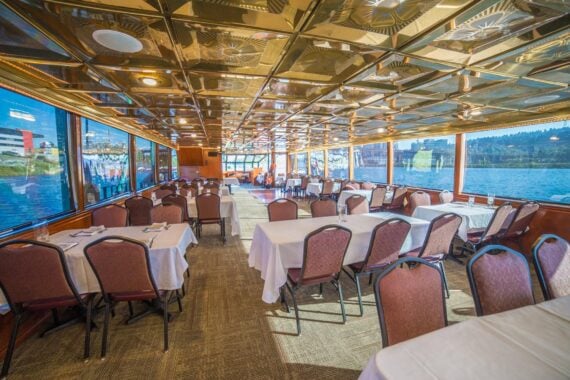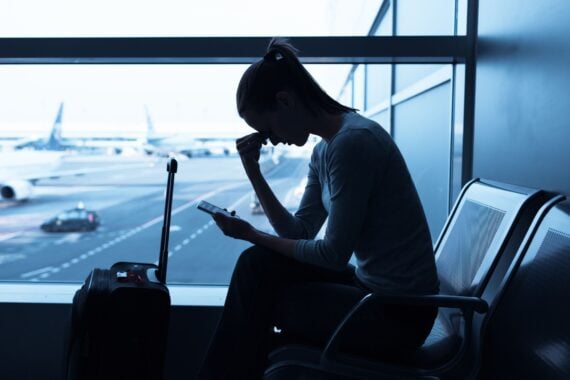With a new year approaching, it’s natural to start dreaming of our next vacations. Cruises can be a budget-friendly choice for vacationers who want to unpack once and relax, and veteran cruisers know all sorts of tips and tricks to make their trips smooth sailing. The industry has clawed its way back after the pandemic brought it to its knees. Still, cruises can be an acquired taste, and some travelers may simply be better off as landlubbers.
Here are 14 kinds of people who might want to think twice before booking a voyage on the high seas.
You’re a Germaphobe
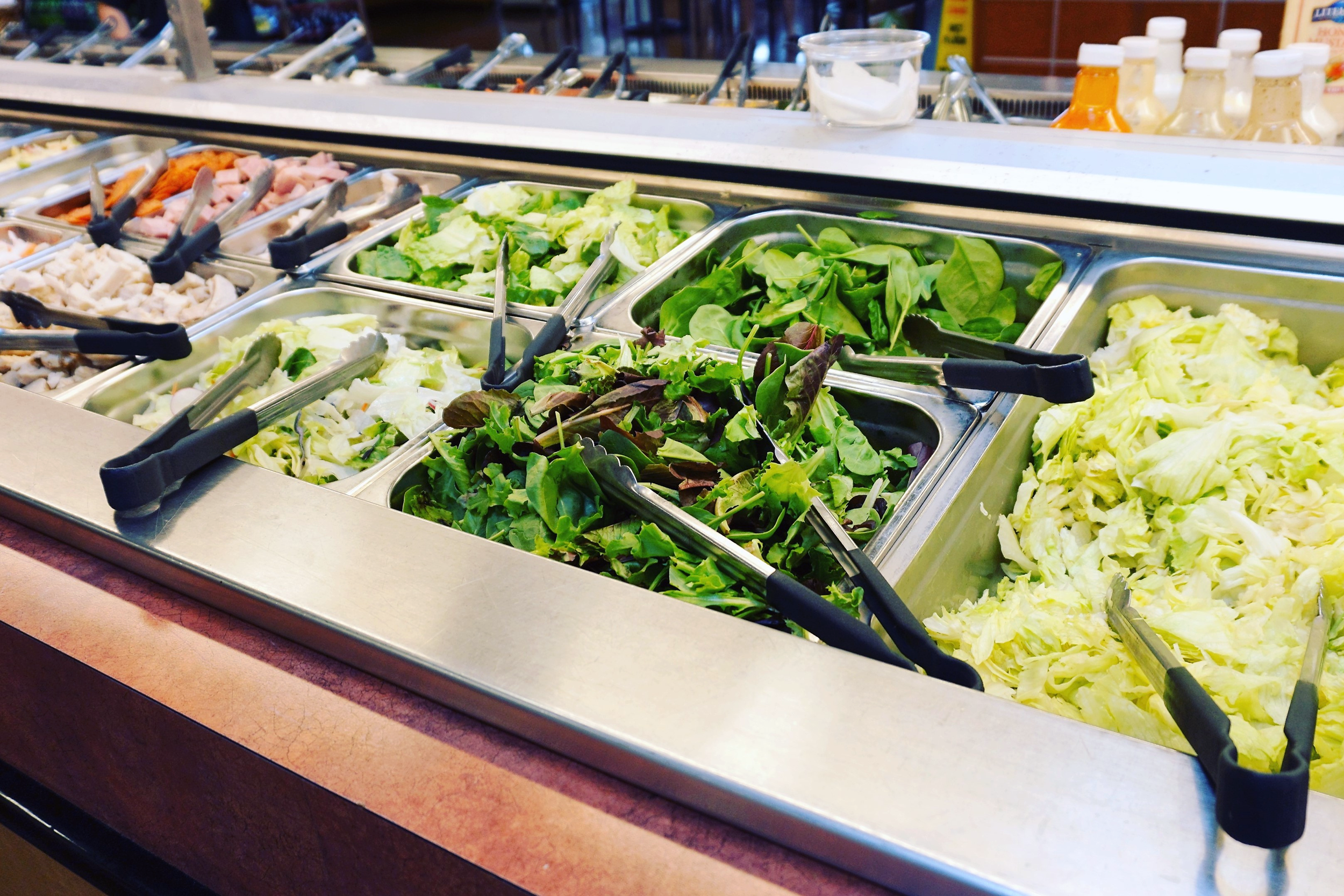
There’s no way to sugarcoat it: Close quarters mean germs can travel with lightning speed — and despite increased health and safety precautions thanks to the pandemic, that remains true. Even before COVID-19, ships regularly made the news for outbreaks of nasty stomach bugs like norovirus and, rightly or wrongly, have had a hard time shaking the stigma of being a floating petri dish.
Other risks include foodborne illnesses such as salmonella or E. coli — pray those fruits and veggies on the buffet have been thoroughly washed — and (shudder) bed bugs.
You Hate Being Nickeled and Dimed
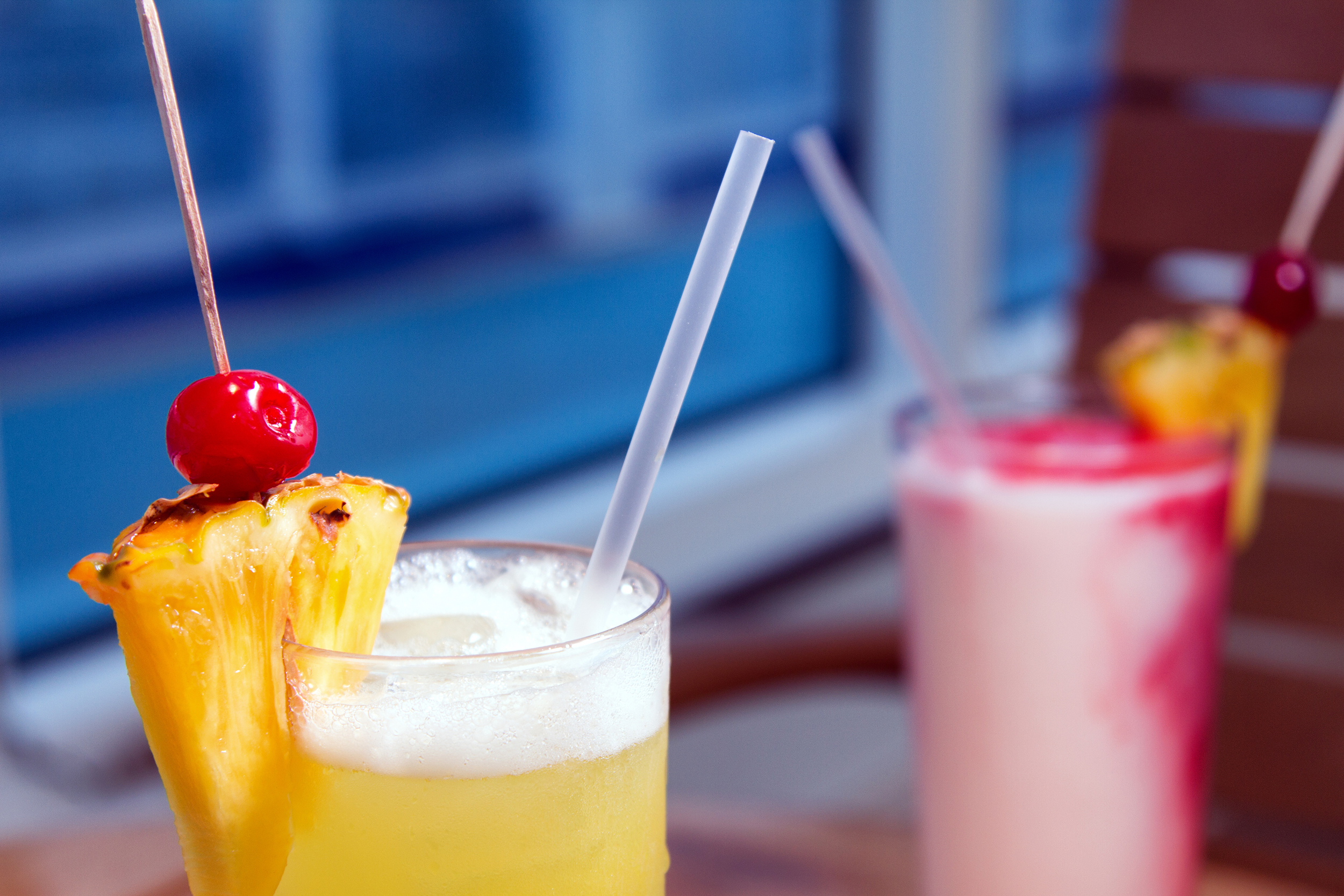
Sure, a lot is included in the cost of a cruise, including accommodations, most food, and entertainment. But there’s a long list of things that will rack up extra charges, Cruise Critic warns.
Booze and soft drinks? Those will cost you. The ship’s fancier restaurants? Cha-ching. Floating casinos? Pony up. Spa treatments? Prepare for some pricey pampering. And then there are on-shore excursions (always extra), Internet access (ouch), and all of the tchotchkes that might tempt you in a ship’s souvenir shops and boutiques.
You’re Claustrophobic
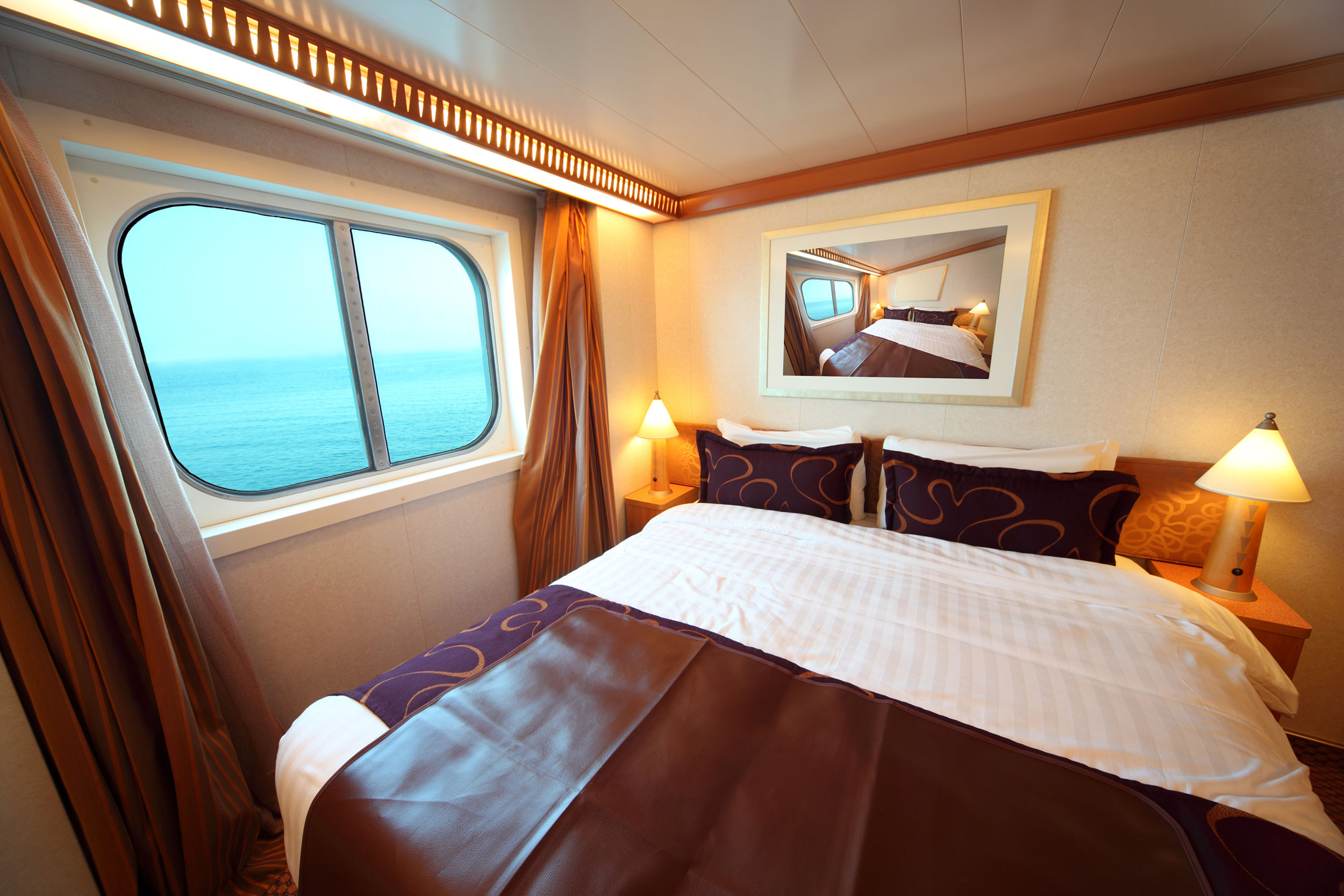
While cruise ships themselves have grown into massive floating cities, your cabin is still one place where you’re unlikely to benefit from any extra space. If you’re trying to save money with an inside cabin, expect to fit your family in about 140 square feet of windowless space, according to Cruise Critic. In comparison, the average U.S. hotel room is around 330 feet — more than double the size.
You’re Trying to Lose a Few Pounds

One of the best things about a cruise? All-you-can-eat everything — unless, of course, you’re trying to be mindful of your weight. You may gain up to 5 pounds, and it’s no wonder: Even if you’re not indulging at a buffet or splurging on an all-you-can-drink alcohol package, restaurant meals are multi-course affairs, poolside grills serve up fattening burgers and fries, and room service may even be free (hello, midnight pizza and chocolate-chip cookies).
Sure, there will be a fitness center and a sprinkling of healthier options, but temptation is everywhere.
You Get Seasick
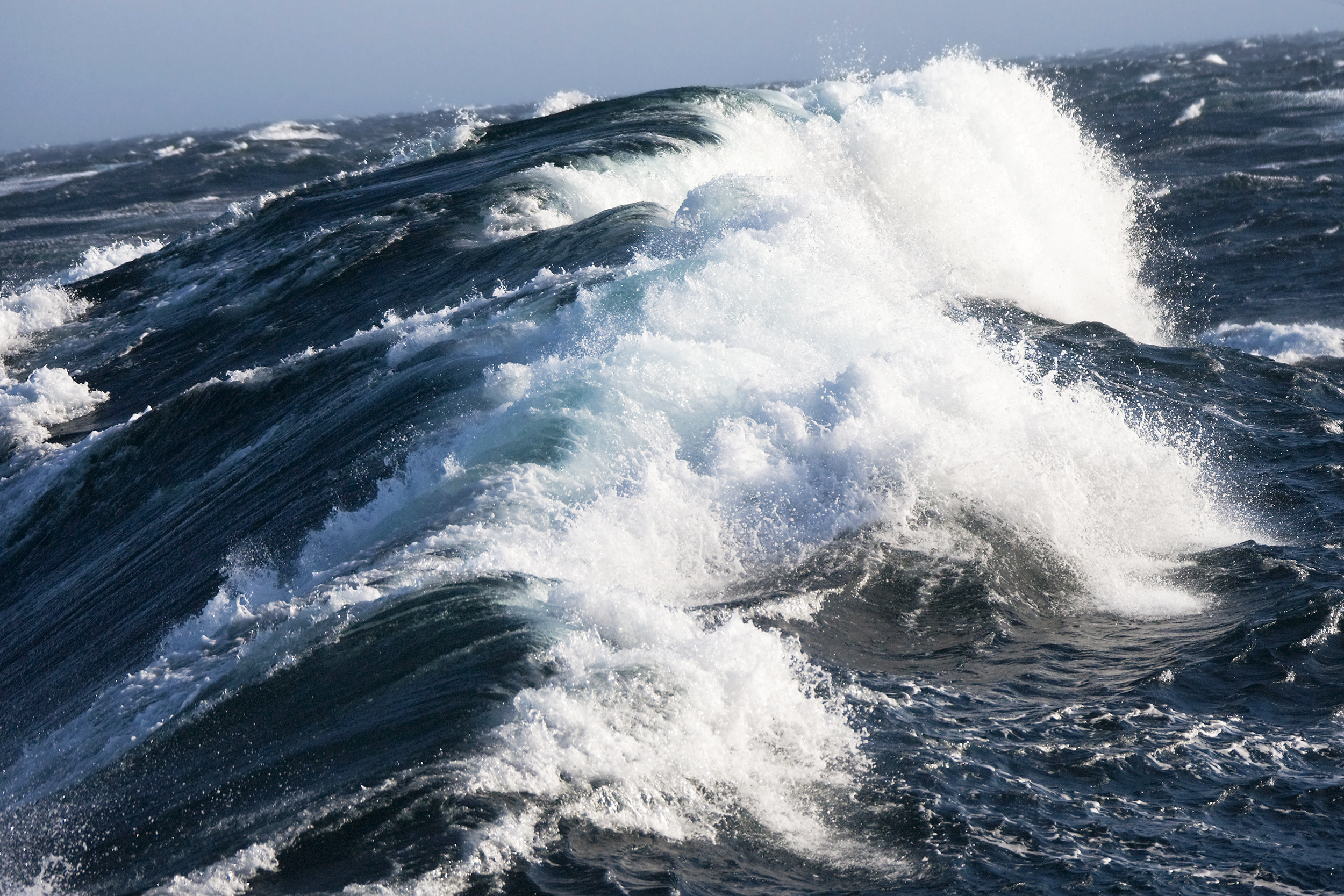
It probably goes without saying that anyone who doesn’t have their sea legs might be wary of a cruise. While you may not feel the waves as intensely as you would on a smaller vessel without massive stabilizers, you might not be off the hook completely.
Seasickness can be a problem if your ship has to deal with any less-than-calm waters (just ask these cruisers) and it’s more likely for those on higher decks at the front or back of the ship.
Trending on Cheapism
You’ll Freak Without Internet
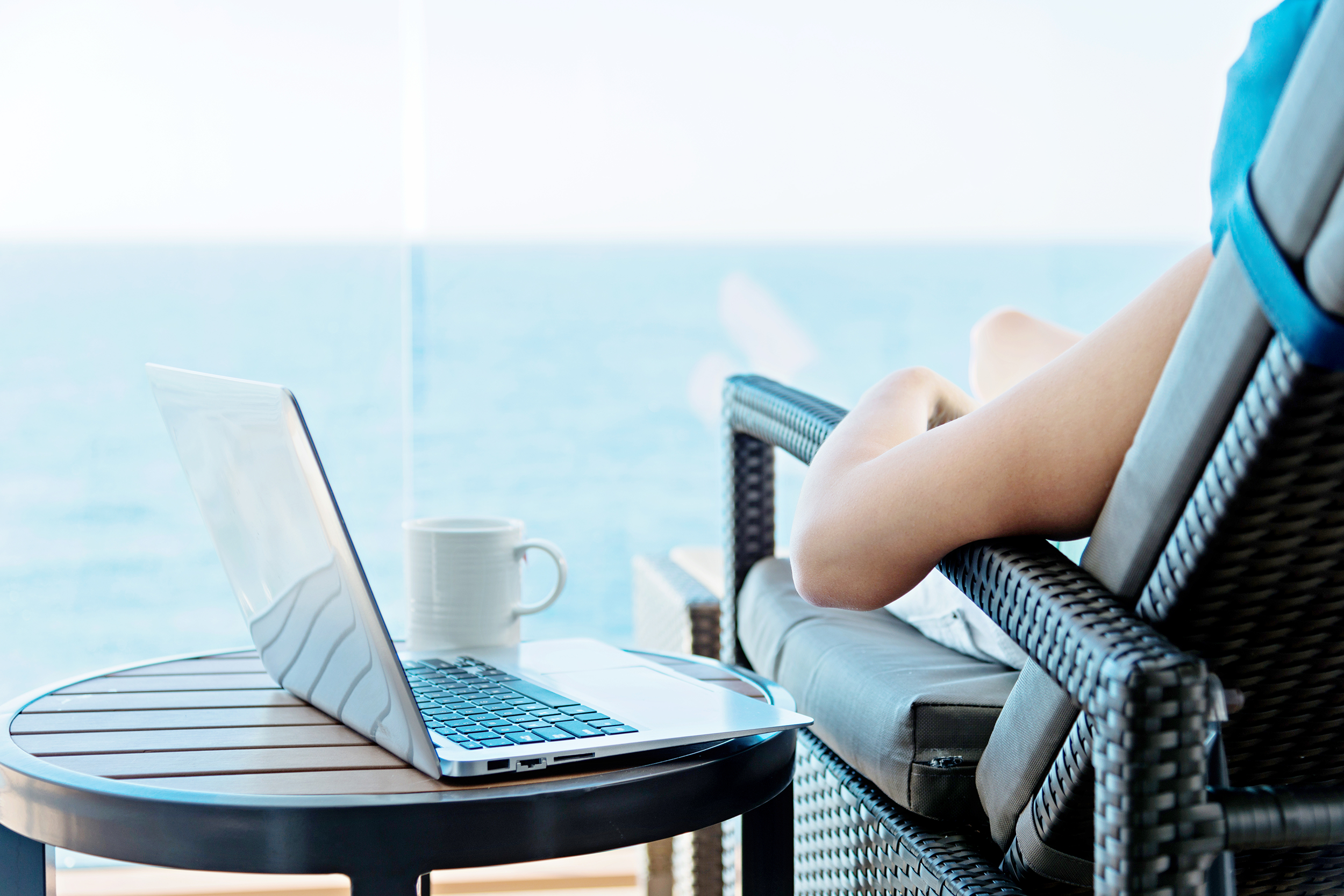
Yes, there is internet at sea. Still, the satellite technology that lets you check your emails in the middle of the Caribbean or somewhere even more far-flung can be unreliable and slow, especially when all of your fellow cruisers are trying to hop online late in the evening.
Even if you’re okay with that, you might not be okay with the price: For example, Carnival offers a $15 a day deal, which can add up quickly on a longer cruise. That selfie may just have to wait awhile before it can go up on Instagram.
You Want to Savor Your Destination
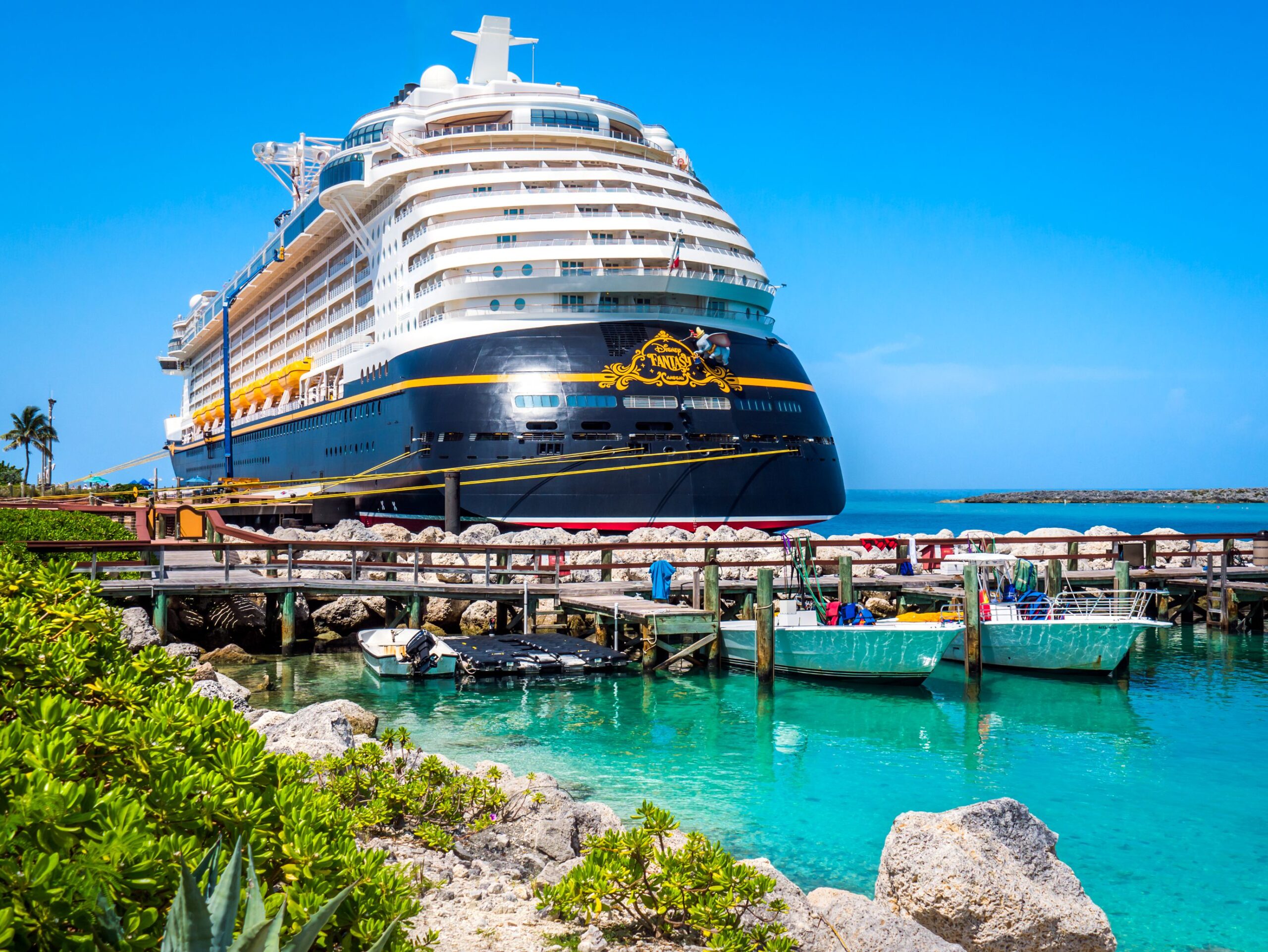
Any seasoned traveler will tell you not to hop from one place to the next too quickly. After all, it’s hard to get to know a place when you’re rushing to catch the next plane or train.
While a cruise seems like a great way to see several different ports, the reality is you’ll have around five to nine hours to explore once the ship is docked — barely enough time to eat a good meal and take in a couple notable sights before it’s time to get back on board. Bottom line: If you’re the type who likes to wander, don’t expect a cruise to give you the time to do it.
You Love to Be Immersed in a Different Culture
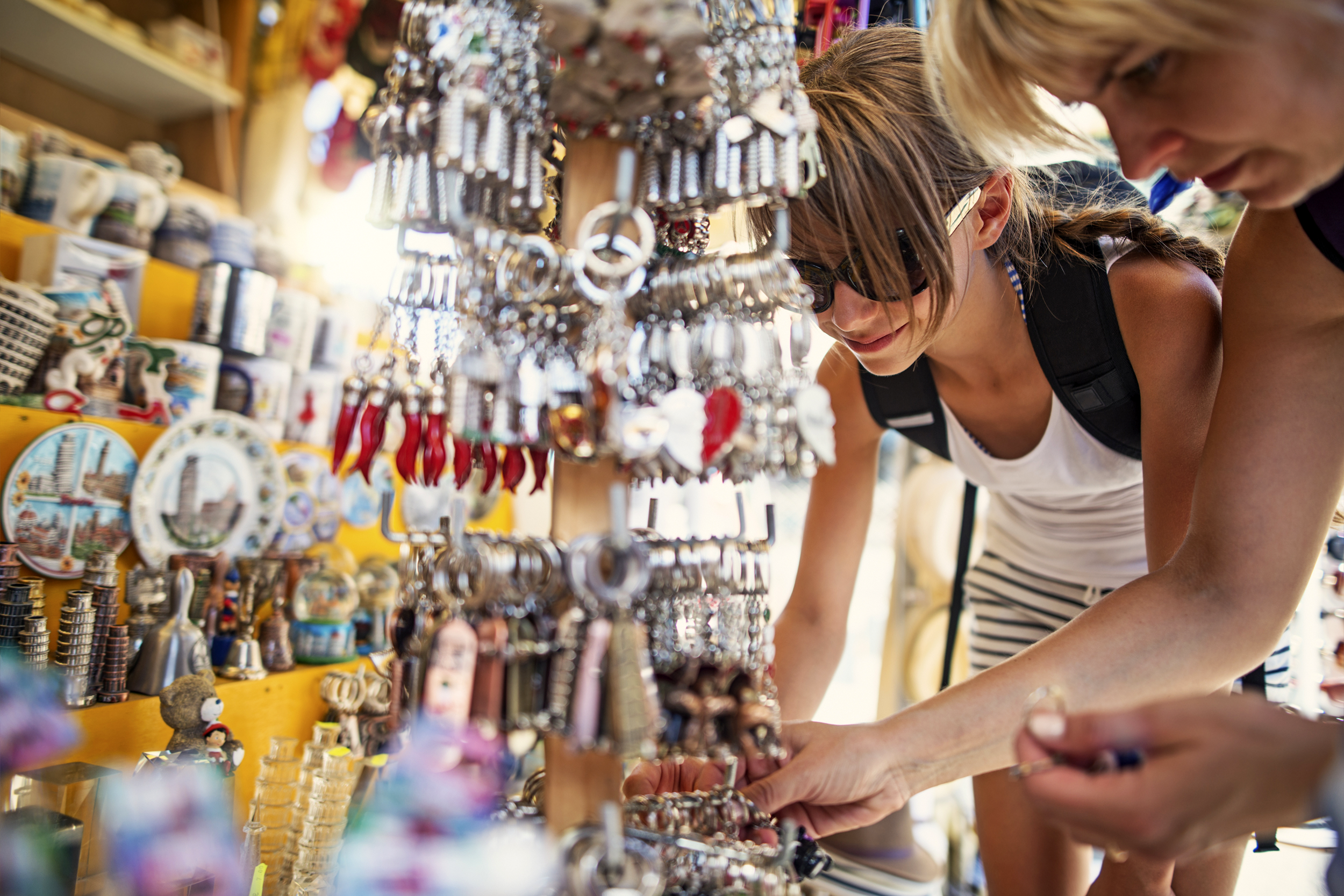
On a cruise, you can leave the U.S. and … never feel like you left the U.S. The buffet will have bacon and eggs, and your dining companions will probably be from just a few states away. Sure, you can look for a little more local flavor in port, but you’ll likely be funneled into shopping districts crammed with tacky souvenirs and duty-free goods, and encouraged to choose sanitized, pricey cruise-approved excursions.
Royal Caribbean has walled off its resort at Labadee from the rest of impoverished Haiti, while several cruise lines including Disney have even purchased their own islands in the Bahamas for cruise guests.
Sign up for our newsletter
You Don’t Drink

There is plenty to do on a cruise that doesn’t involve booze, but the fact remains: Alcohol sales are big business. Anyone who abstains — whether it’s a lifestyle choice or as a recovering addict — might find the constant availability of drinks (and the rowdy folks who avail themselves at every opportunity) off-putting.
Plenty of cruise lines have all-you-can-drink packages, many of which can be upward of $50 per day, notes Cruise Critic. And many ships also allow passengers to bring a limited amount of their own booze. Even those who don’t spring for drink packages may still spend big: More than 22% of cruisers say they spend over $200 on alcohol during an average trip, according to a Cruzely survey.
You’re Feeling Shy
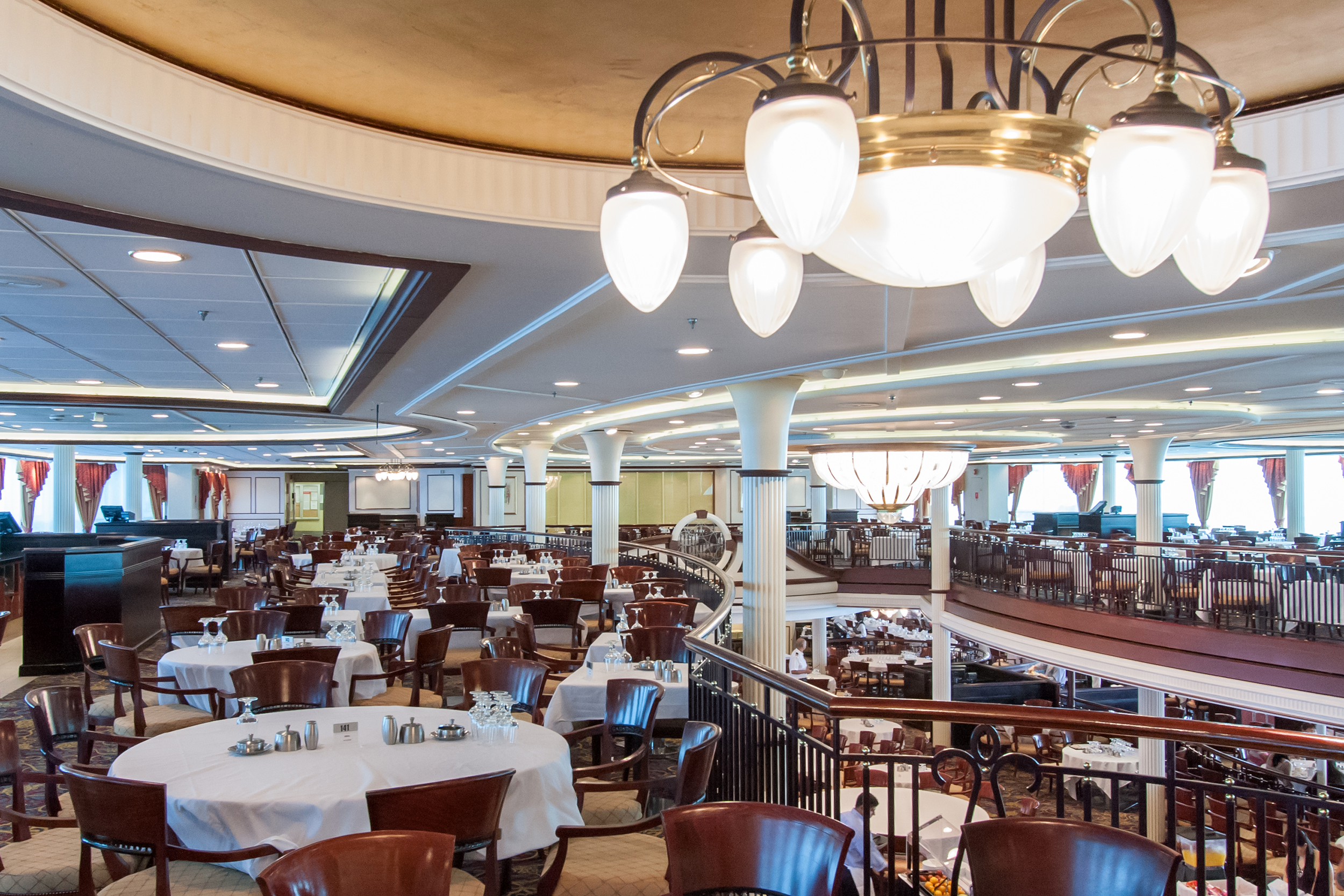
A lot of cruisers say one of the best part of getting out on the water is meeting new friends. But if you’re shy (or simply want to enjoy the companionship of your own family or travel buddies), sitting down to a meal night after night with strangers can be awkward (and there are plenty of threads on cruiser message boards expounding on tablemates that will go down in infamy).
While cruises have started to indulge passengers’ requests for more flexible dining options by opening casual eateries and reservation-based restaurants, the main dining rooms on most big boats still rely on assigned seating.
You Hate Crowds and Lines
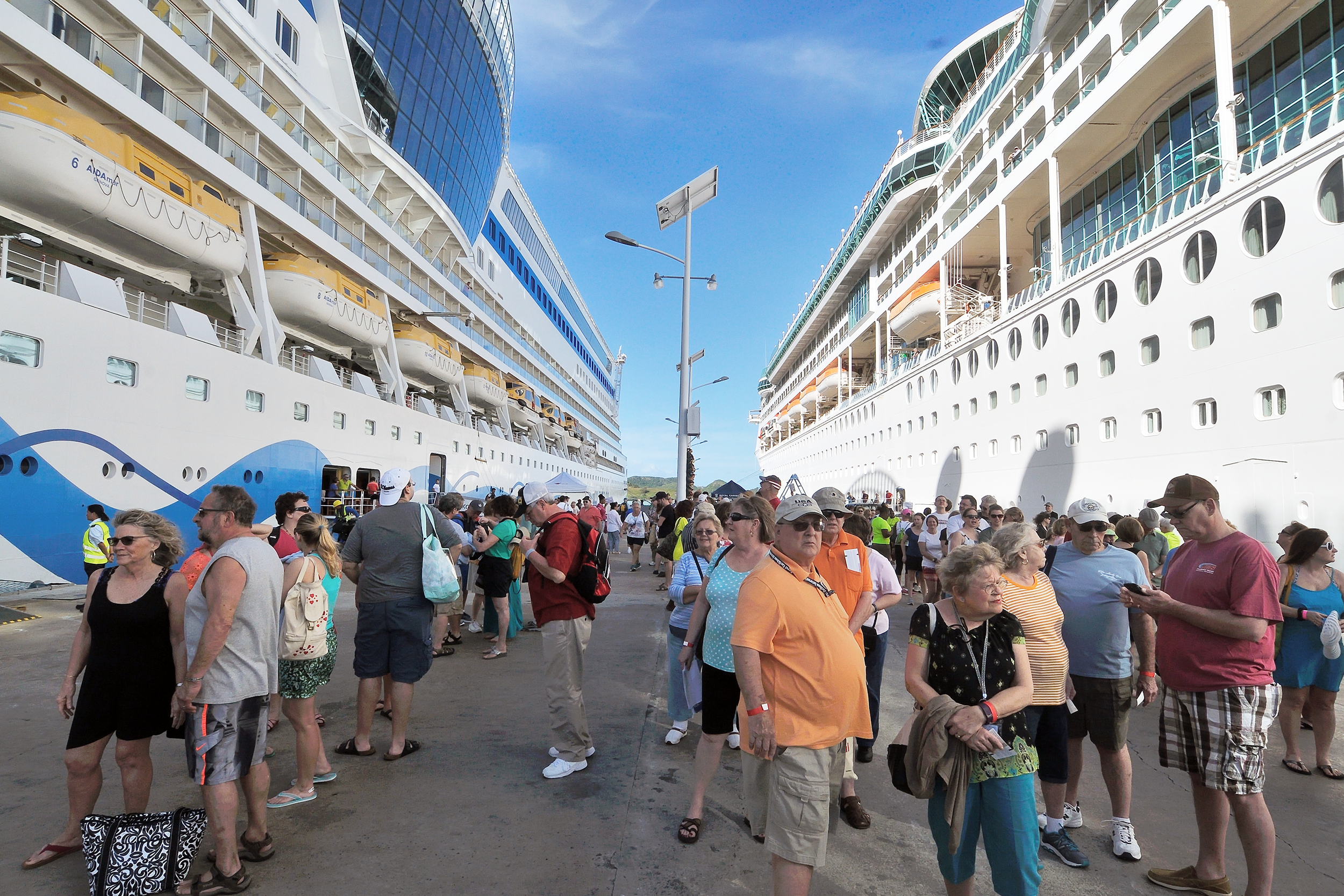
Today’s ships do have plenty of nooks and crannies offering an escape from the masses, but you can still count on crowds and lines at least some of the time. Embarking the ship always means long lines and waits as people struggle with luggage and figure out how to find their cabin, according to Cruiseline.com. Opting to eat at peak times can also mean a wait.
Another spot that’s almost always packed? The main pool deck (good luck snagging that lounge chair) unless the ship is in port. And yes, you’ll need to get used to waiting in line for the elevator.
You Always Lose Track of Time
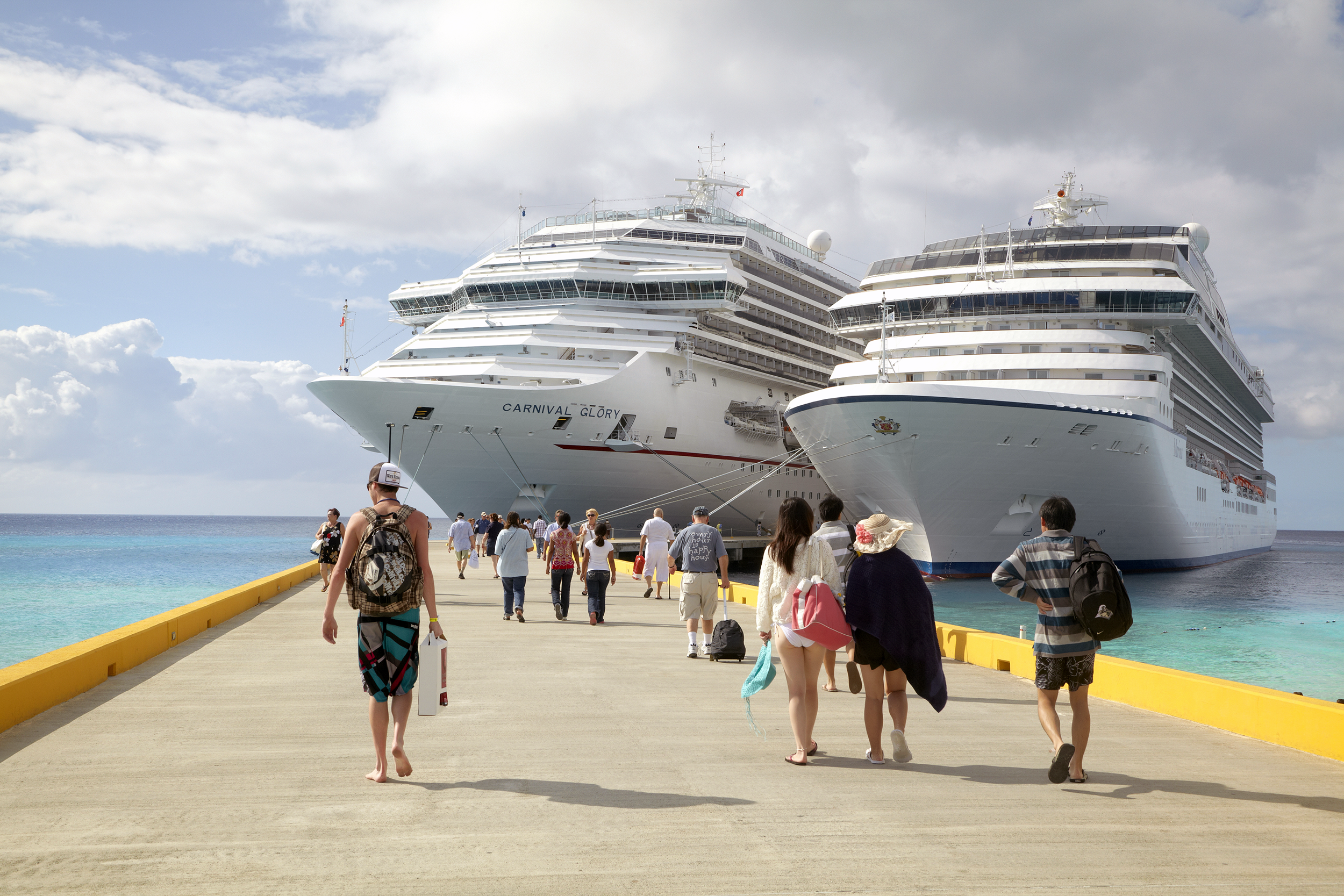
If you’re the type who always runs late, beware: Cruise ships can — and often do — leave late passengers behind. Whether you fell asleep on the beach or were out on a tour bus that suffered a flat tire, you run the risk of (literally) missing the boat if you don’t make it back by departure time.
One way to blunt the risk: by booking cruise-sponsored excursions, which the captain is more likely to wait on. Otherwise, you’re probably stuck eating the high cost of last-minute lodging and airfare that will either take you home or to meet up with the ship in the next port.
You’re Traveling Solo
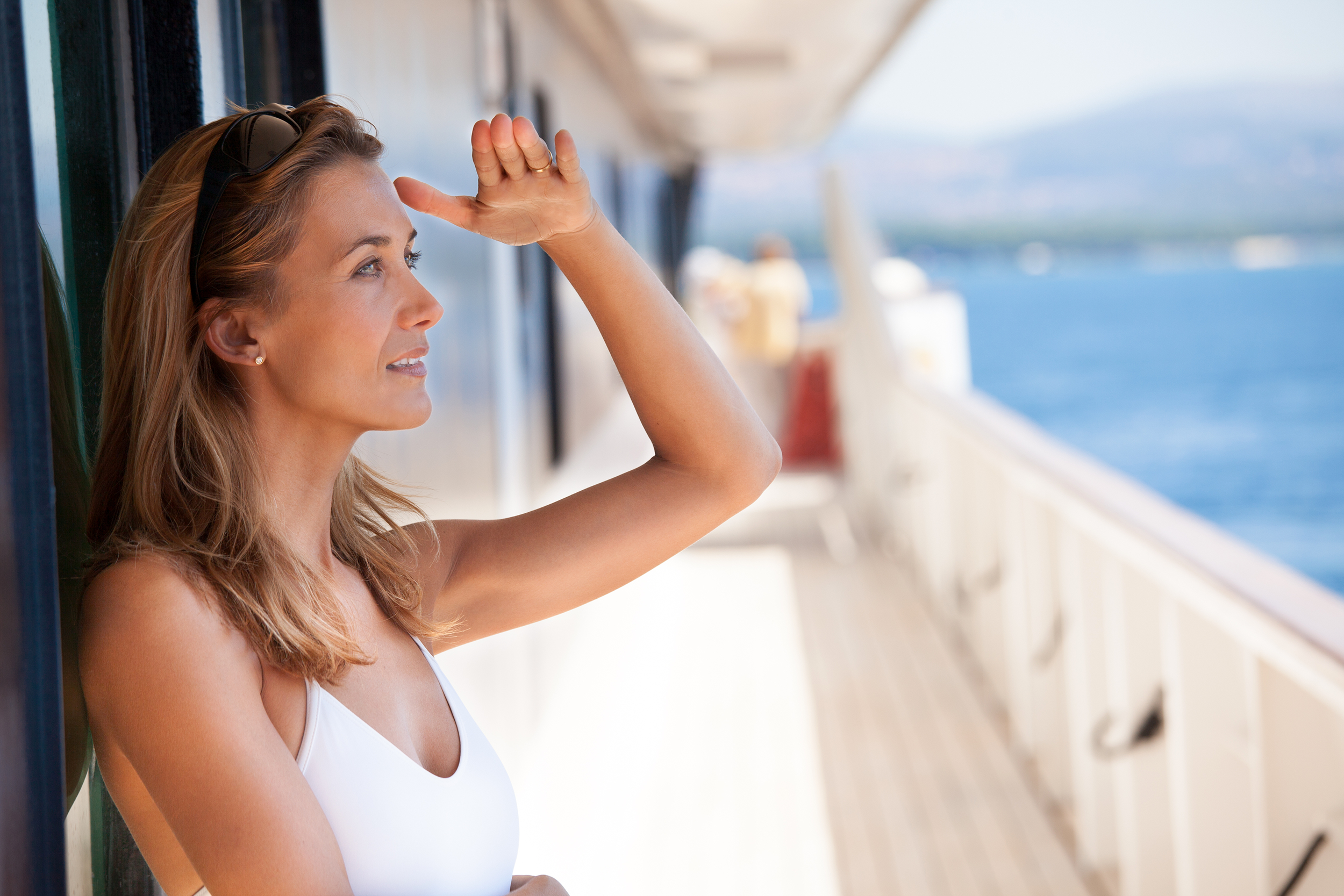
While some cruise lines have started to attract more solo travelers with special studio cabins and activities that don’t hinge on having companions, cruising remains a much more popular choice for couples, families and friends — in fact, around three-fourths of passengers cruise with their significant other, according to the Cruise Lines International Association.
But even if you’re ready for some alone time, don’t forget the other big deterrent: cost. Most solo cruisers have to pay a single supplement, which is a fancy way to say your fare is higher — sometimes 125% to 200% of a regular fare, according to Cruise Critic — because you’re one person occupying the space that would normally go to two passengers.
You Want to Be More Eco-Conscious
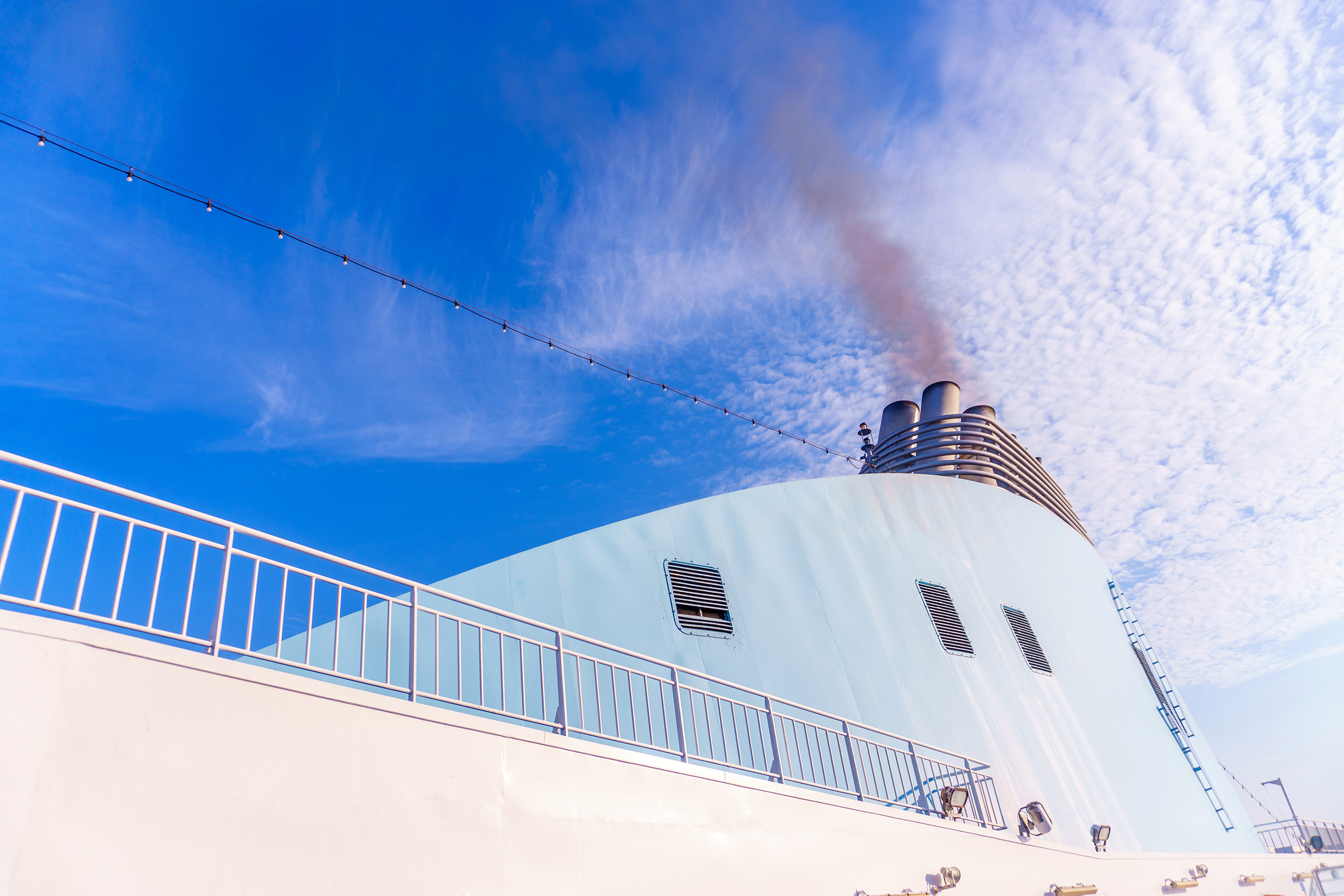
Cruising is not exactly gentle on Mother Earth. There’s air pollution (one report found passengers are treated to 60 times the level of harmful pollutants than are found in normal settings). There’s water pollution (a 3,000-passenger ship can generate 210,000 gallons of waste in a week, according to the EPA). There’s even noise pollution that can have a negative effect on ocean wildlife.
While cruise lines invariably say their newest ships are more eco-friendly than ever, some seem to be making more strides than others. Friends of the Earth gave only one cruise line, Regent Seven Seas Cruises, a better-than-average grade (C+) on its 2022 Cruise Ship Report Card.
